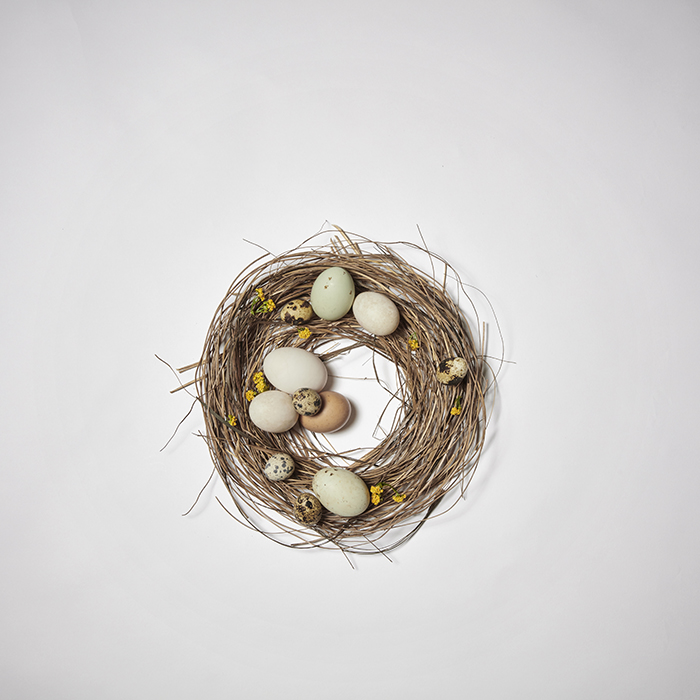Chocolate conundrums – the best drinks to match
Author: Peter Newton
 With Easter fast approaching it is that time of year when we like to look at our favourite tipples’ often troublesome relationship with chocolate. Here Fine Wine Account Manager and resident chocolate expert Peter Newton recommends some of his tried and tested matches, perfect for exploring this coming weekend
With Easter fast approaching it is that time of year when we like to look at our favourite tipples’ often troublesome relationship with chocolate. Here Fine Wine Account Manager and resident chocolate expert Peter Newton recommends some of his tried and tested matches, perfect for exploring this coming weekend
Chocolate and wine
Chocolate has always been considered an awkward partner for wine. They are perhaps two of the greatest gustatory pleasures on earth, yet put them together and the outcome can often be a gloopy, bitter mess of sour, mouth-coating dissatisfaction. The reasons for this are straightforward and usually easy to avoid, but in the search for ideal and unexpected partners they are a frequent menace. Chocolate can fight for the same space on your palate as wine – its thick texture and sugary sweetness often swamps a wine’s fruit and overpowers its subtleties. In dry red wines where tannin is evident, these will often clash with the chocolate’s own tannins, resulting in much higher levels of bitterness overall. This means that all too often, chocolate turns a deliciously generous and fruity dry wine into something that resembles acidic mouthwash. Yuck!
How do you avoid this? A much-referenced rule is to always choose a wine that has a greater or similar sweetness level to the chocolate. This is certainly a wise move as it enables the wine to more closely match the chocolate’s texture as well as its sweetness, but, don’t reach for that bottle of dessert wine just yet. Sweetness in a wine is not solely about sugar content. A dry wine can often appear “sweeter” due to the ripeness of the grapes, the level of alcohol, or the choice of oak used for ageing. A ripe and tropical New Zealand Sauvignon Blanc can therefore be a surprising match for a creamy rich white chocolate, while a traditional Rioja Reserva, with its sweet American oak notes of coconut and vanilla can complement the caramel richness of a good quality, not-too-sweet milk chocolate.
Whilst rich, youthful reds such as New World Merlot, Syrah or Zinfandel are commonly considered suitable partners for chocolate, more mature red wines can prove trickier. In these older wines, the sweeter fruit notes of youth give way to more subtle, tertiary aromas and the tannins have fewer places to hide. In this instance, you can try matching high cocoa bars or bonbons (around 70 percent) with a lower level of bitterness – search out high quality examples from the Criollo bean native to South and Central America. For older wines too, you can also try chocolate accompanied with dried fruits or subtle spices to act as a bridge for the wine and break up the chocolate’s mouth-coating texture. Looser textured and more traditional stone ground chocolates (common in Mexico but now available more widely) can also work, often aided with the addition of gentle spices such as cinnamon.
Chocolate and Port
Port is considered by many as the perfect answer to the “chocolate and wine” conundrum. It’s sweetness and higher alcohol works to counteract the tannins in both wine and chocolate, and the dark fruited, often chocolatey aromas are an ideal fit for a broad swathe of chocolates. Simple Ruby Ports or young LBVs can be delicious with milk chocolate, and more complex Single Quinta or Vintage Ports work with darker examples too. The legendary Alistair Robertson, ex-chairman of Taylor-Fladgate & Yeatman, and fourth generation of the family business, once extolled to me the virtues of good ruby port (presumably Taylor’s or Fonseca) with a milk chocolate and hazelnut tart for which his wife, Gillyane, had a devilishly good recipe. I never got the recipe but I’m sure it would work with other non-Alistair approved versions.
Tawny Ports (aged for long periods in barrel rather than bottle) are another great option, not only do they have that nutty, dried fruit caramel touch to pair with milk chocolate, their gently oxidative character can also provide a delicious tang to counter the creaminess. Taylor’s 1968 Very Old Single Harvest Port released earlier this month is a deliciously silky example of Tawny, and an excellent match for milk or dark chocolate.
You clearly need to experiment to find the combinations that will suit you best, and finding unexpected matches can be greatly rewarding. “But why risk a palate catastrophe when there are already tried and tested combinations out there?” I hear you say. If you consider life too short to risk a mismatch or two then here are some combinations that will be sure to please:
White chocolate/white chocolate with lemon
2014 Changyu Golden Valley Ice Wine, Blue Diamond Label, Liaoning
Dark chocolate/dark chocolate with raisins
2016 Banyuls, Cuvée Thérèse Reig, Domaine de la Rectorie
Dark chocolate/dark chocolate with cherries
2012 Amarone della Valpolicella, Marion, Marcellise, Veneto
Dark chocolate/dark chocolate with orange
Berry Bros. & Rudd Meredith, 5-year-old, Full Rich Madeira
Milk chocolate/milk chocolate with hazelnuts
Berry Bros. & Rudd St James’s Finest Reserve Port
Dark or milk chocolate salted caramels
If you’re salivating simply reading this, why not attend one of Peter Newton’s masterclasses, coming later in the year, where he will be matching chocolate to another of his favourite tipples – whisk(e)y, in its many splendid guises. For more information on current events, click here.


